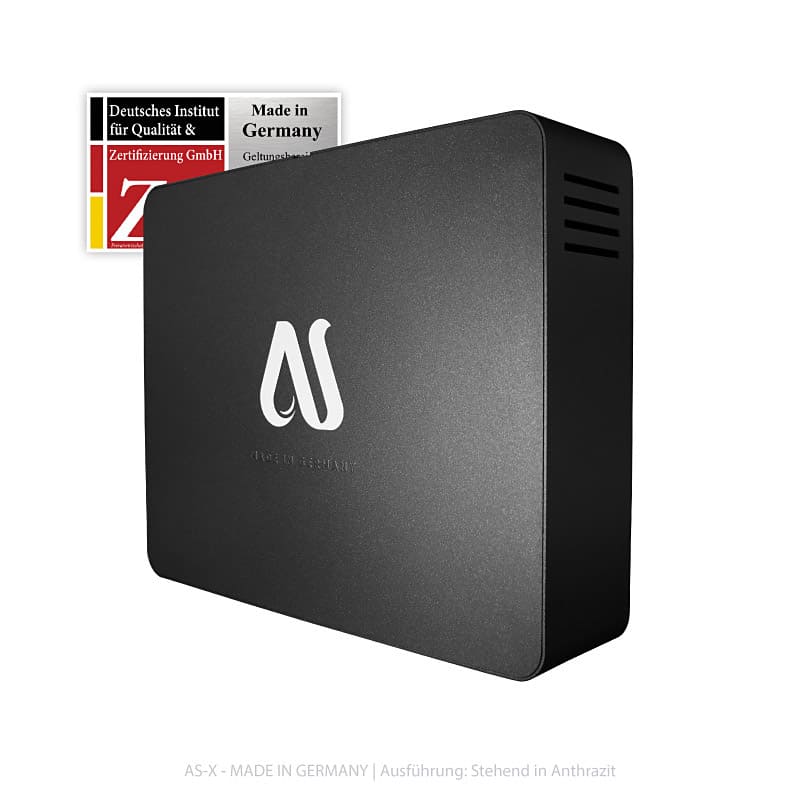Information You Have To Be Familiar With Reverse Osmosis Water Filters
The tap water links from the faucet is great. Obtain a filter or perhaps a filter. Which of these two sentences are more true? Are both partially true.

In numerous places, plain tap water does not taste good. Elsewhere, regular faucet water has tiny numbers of substances you wouldn’t need to drink – as well as over a lifetime could have an affect on you.
There are many kinds of potential issues in plain tap water. Regardless of whether your city provides good water, it should travel a long way through old pipes in order to the house.
By using a whole-house filter, shower heads and faucet screens don’t clog. Whole-house filters are apart from mineral water filters.
All reverse osmosis water systems require both sediment and carbon pre-filters. All filters need to be changed. Plan on changing sediment and carbon filters each or sooner, and ro membranes every 2-3 years.
The hardest aspects of installing water filters are connecting on the supply side in the water to your house, connecting to some drain line for that waste water, and installing a clear water faucet to your sink. Most of a water filtration installation is straightforward.
You will need a plumber, in order to buy a system where they will install it for you personally. The very best systems have clear plastic casings, in order to find out how dirty the filters get. The very best systems also use standard-sized replacement filters, which means you need not buy tiny, expensive, and proprietary filters.
Ro water filters require both a sediment plus a carbon filter in front of them, to screen your dirt and a lot in the junk, prior to the water enters the reverse osmosis filter.
A sediment filter blocks particles bigger five or ten microns.
The lake passing through activated carbon blocks retains some particles, chlorine, nitrates, fluoride, along with other dissolved junk. Step 2 for top quality water can be a reverse osmosis filter.
Reverse osmosis filters force water through 0.0001 micron-wide holes, through semi-permeable membranes. Long sheets of membranes are sandwiched together and retracted around a hollow central tube inside a spiral.
The reverse osmosis filter removes 99% of the remaining junk in the water. It will take almost anything out, the magnesium and calcium in water. Generally a little carbon filter is used after the reverse osmosis filter, to boost the taste and catch more of that 1% of junk the reverse osmosis filter lets go though.
Reverse osmosis water filters generate waste water, and so they produce only a few drops of fresh water for each minute. That is why, most ro systems possess a storage tank to build up water. All reverse osmosis systems have a very drain line for waste water, that is “wasted”. The waste water bring plants, dumped to waste, etc.
Ultra-pure water can grow algae effortlessly. Once you take chlorine and other nasty stuff out of water, tiny microbes and sunlight can combine to generate a perfect environment to grow harmless algae.
The quality of water filtered this way is cleaner than even distilled water. A lot of people think pure water tastes flat. A lot of people add a tiny level of sea salt to pure water. To me, no salt should be used, pure water tastes like water should.
The net has baseless scare stories about how precisely ultra pure water is dangerous. Hogwash. If you inject pure water, it may hurt you. Drinking pure water doesn’t hurt anyone unless they are fasting.
The minute that pure water hits the mouth it is no longer pure. Nothing is better for making coffee, cooking, and ice, than using pure water.
Check out about Reverse Osmosis System direct flow view the best web site: check
